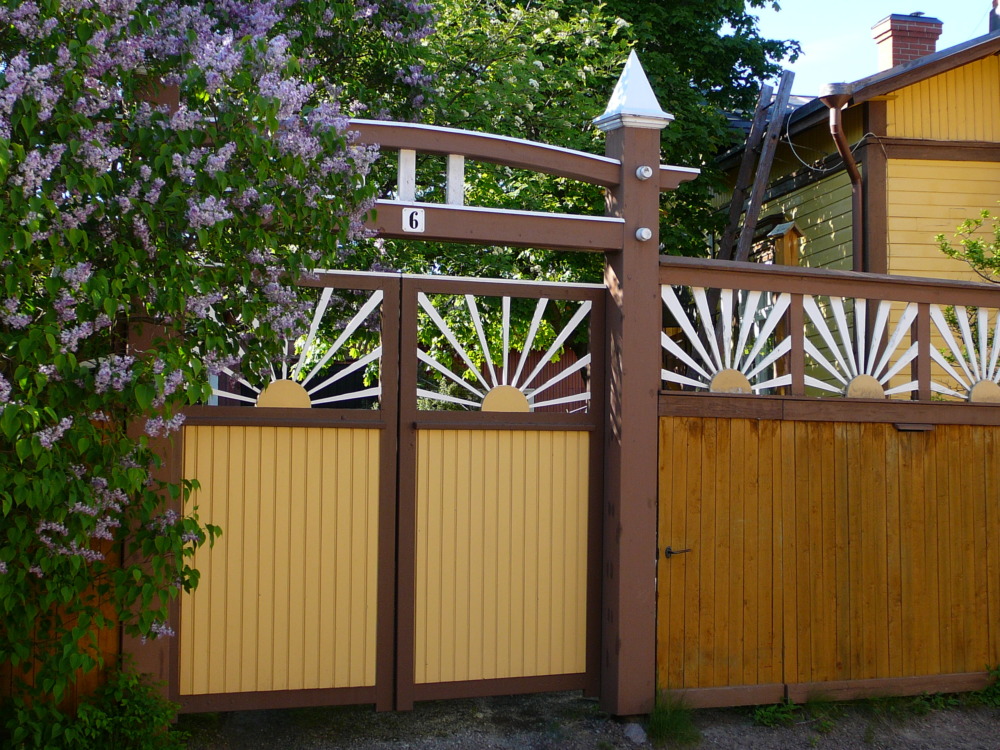Rauma is located on the west coast of Finland, about 90 km north of Turku. Rauma has ~ 40,000 inhabitants and is the third oldest city in Finland, founded in 1442. Rauma has two UNESCO World Heritage Sites, the medieval wooden town of Old Rauma and the Bronze Age burial site Sammallahdenmäki. More information on the Rauma town own website Vanha Rauma and from bronze age Sammallahdenmäki. More information from Rauma city web pages.
Rauma Tourist Information
Valtakatu 2a, 26100 Rauma
tel. +358 (0)2 834 3512, e-mail: matkailu (at) rauma . fi
www.visitrauma.fi
Rauma map
In Rauma, the sea and industry combine with history. The Bothnian Sea National Park is in front of Rauma. You can get to the archipelago even if you don't own a boat, as there are daily water bus connections to Kylmäpihlaja lighthouse island and Kuuskajaskari holiday and fortress island in summer. The shipbuilding and wood processing industry has a long tradition in the city.
Vanha Rauma valittiin maailmanperintöluetteloon vuonna 1991 ainutlaatuisena esimerkkinä elävästä ja hyvin hoidetusta vanhasta pohjoismaisesta puukaupungista. Vuonna 1999 luetteloon valittu arkeologinen kohde Sammallahdenmäki on pronssikautinen hautaröykkiöalue, joka sijaitsee 18 km keskustasta itään.
Vireä 800 asukkaan Vanha Rauma on kaupunginosa, joka säilynyt elävänä kokonaisuutena, kaupungin sydämenä, jossa asutaan ja tehdään työtä ympäri vuoden. Lähes 30 hehtaarin laajuisen Vanhan Rauman kaupunkirakenteessa on edelleen nähtävissä keskiaikaisia piirteitä, kuten kapeat ja mutkittelevat kadut ja kujat sekä epäsäännölliset tontit. Tiiviisti rakennetulla alueella on noin 600 rakennusta, joista suurin osa on yksityisomistuksessa. Kaupunkikuvalle tunnusomaisia ovat pihoja rajaavat komeat portit ja lauta-aidat. Jokaisella talolla on oma nimensä ja värikäs tarinansa, jota tämänkin päivän asukkaat osaltaan jatkavat.
Old Rauma is best opened to pedestrians. The walker can smell the scent of lilac or the smoke of atmospheric wood heating rising from the chimneys. At the same time you can see the skillful work of carpenters in the details of the facades as well as in the gates of the courtyards. Some of the buildings in Old Rauma have retained features from the 18th century, while others from the early 19th century. However, most of the buildings have acquired their current Neo-Renaissance style appearance during the bustling period of renovation in the 1890s.
In addition to the wooden idyll, the area includes the meandering Raumanjoki River landscapes and especially the Church of the Holy Cross, built at the end of the 15th century. It is a former Franciscan monastery church, with the shells of a two-nave gray stone church admiring spectacular medieval murals and vaults.
Pitsinnypläys on Raumalla vanha perinne. Raumalla on nyplätty ainakin 1700-luvun puolivälistä lähtien ja tykkimyssyjen muotikausi muodostui raumanpitsin varsinaiseksi loistokaudeksi. Vuodesta 1971 lähtien Raumalla on vietetty pitsiviikkoa, jonka pitsinäyttelyt keräävät alan harrastajia ja vieraita ympäri Suomea ja kauempaakin. Jos olet kiinnostunut nypläyksestä, tutustu www.raumalace.fi – sivustoon.





